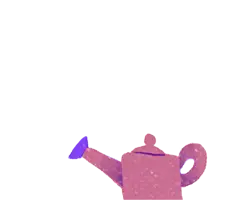Part 6Administrative provisions
Administrative powers
116Power to seize and dispose of unauthorised goods
Any inspector lawfully exercising a power under any of sections 19(2), 30A, 31, 34(5), 109, 111, 113, 114, or 120 may seize—
- any unauthorised goods:
- any goods where an inspector has reasonable grounds to suspect—
- those goods are in contact with, or have been in contact with, unauthorised goods; and
- pests or unwanted organisms could have been transmitted from the unauthorised goods to those goods.
- those goods are in contact with, or have been in contact with, unauthorised goods; and
A chief technical officer may, either generally or in any particular case, give any reasonable directions as to the disposal of, the treatment of, or any other dealing with, any goods seized in accordance with subsection (1); and any person may dispose of, treat, or otherwise deal with any such goods accordingly.
A chief technical officer may offer the importer or owner of any goods imported into New Zealand and seized under subsection (1) the option of exporting or returning the goods to their place of origin provided that the importer or owner undertakes the payment of any costs associated with the export or return of the goods.
A chief technical officer may permit goods seized under this section to be held in the custody of the Director-General for so long as is necessary for the importer to obtain a biosecurity clearance and in such a case the estimated costs and expenses of the custody and maintenance of the goods must be paid in advance to the Director-General.
If an organism seized in accordance with subsection (1) is an endangered species, as defined in section 3 of the Trade in Endangered Species Act 1989, a chief technical officer must, after consulting the Director-General of Conservation concerning the disposal of the organism, dispose of it as he or she thinks fit.
In exercising the powers of a chief technical officer in accordance with subsections (2), (3), and (4), a chief technical officer must, so far as is practicable while achieving the purpose of Part 3, act in a manner that is consistent with avoiding or minimising loss to the importer or owner of goods seized in accordance with subsection (1).
Notes
- Section 116: replaced, on , by section 80 of the Biosecurity Amendment Act 1997 (1997 No 89).
- Section 116(1): amended, on , by section 5 of the Biosecurity Amendment Act 2007 (2007 No 41).


